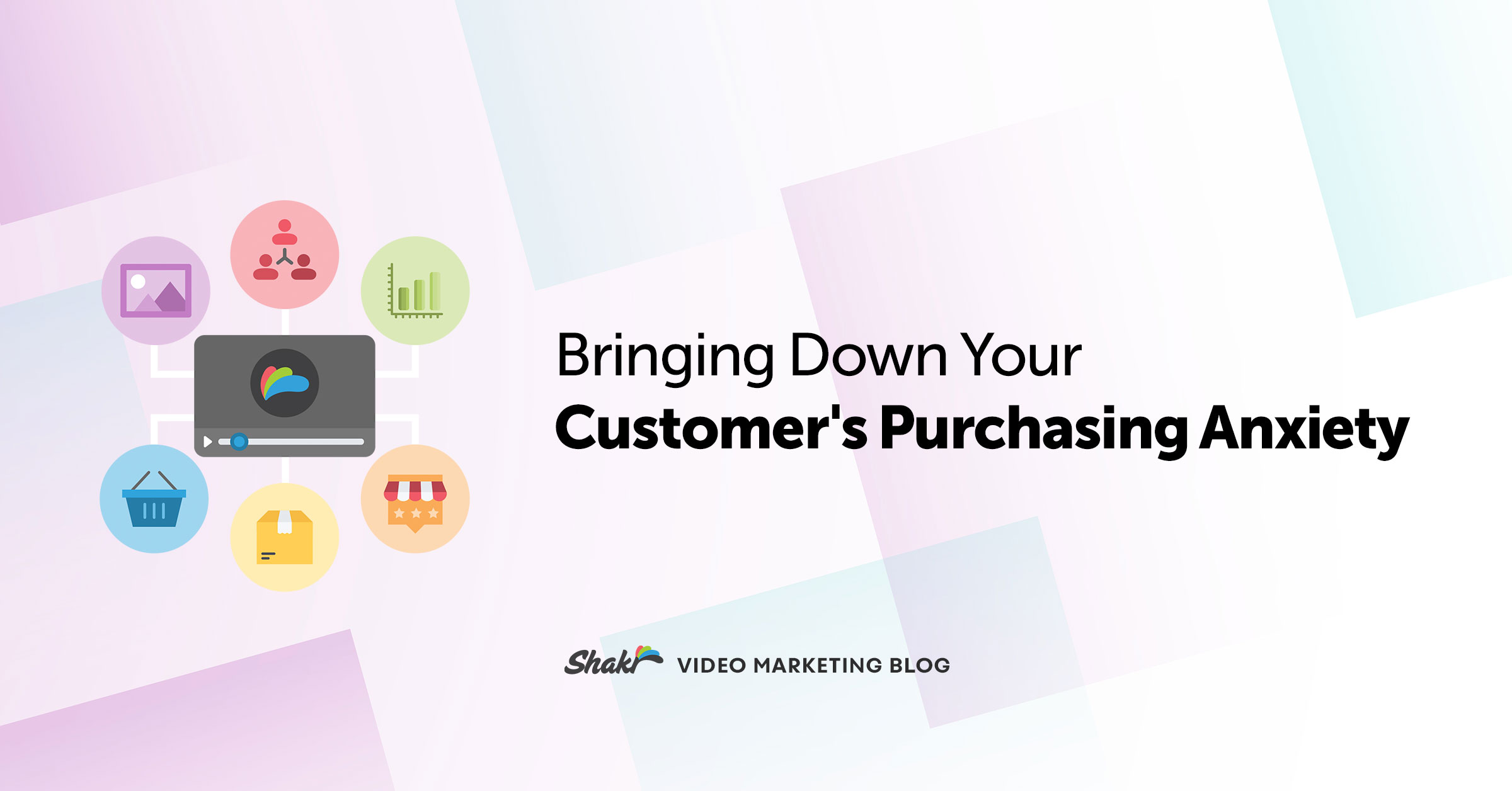What do customers dislike about shopping online? One study found that over 56% of survey respondents still visited physical stores in order to be able to touch, feel and try the products they want to buy. Uncertainty about product quality is just one of the many things that contribute towards purchasing anxiety.
A prospective buyer may have other concerns about the credibility of the seller, the robustness of the web security infrastructure and also about delivery. The average cart abandonment rate has been pegged between 60% to 80% by various industry reports.
One of the most effective ways to reduce cart abandonment and increase customer loyalty is by addressing the buyer’s purchasing anxiety. In their book, ‘Friend and Foe’, Dr. Maurice Schweitzer and Dr. Adam Galinksy write about two factors that can instantly contribute to building trust between people – warmth and competence. Their advice is on personal relationships and how an individual needs to show a balance between competence and vulnerability to build trust.
For example, psychiatrists who need their patients to open up about their feelings often demonstrate competence through the numerous diplomas and certificates hanging on their walls. At the same time, they crack bad jokes or drop a pencil to show they are vulnerable. Psychological studies show that this helps them build a rapport with their clients within a short period of time.
For an online retailer, competence can be incredibly important. A buyer needs convincing that your product will work as advertised and that your store will fulfill its promises. At the same time, the buyer needs convincing that your competence is not ‘superficial’. Negative reviews about the high price or the occasional late delivery help convey the fact that your store may not always be perfect. While this may appear to be detrimental to conversions, they are a part of the trust-building process that brings a customer’s purchasing anxiety down.

In short, every component of your product page should contribute towards building buyer trust.
Product Images
Product images are the closest thing to ‘touch and feel’ that customers enjoy in a physical store. The objective here is to showcase the product in high quality detail that compensates for the physical touch. Images provided by your supplier are often inadequate on this aspect.
HDR Visuals – Customers need to be able to zoom in on your image to view the product in great detail. Stock images or low quality photos lend uncertainty to the quality of the product and brings down the trust factor.
Better Projection – How does the product feel in real life? If you are in the apparel business, it is important to show how your product looks when it is worn by a real human. Avoid mannequins at all costs. If your business cannot afford to hire a model, you may use one of the many free mock-up tools that let you showcase your designs on a human model.
UGC – While high definition photos and improved projection help demonstrate competence, user generated content can be a mix of competence and vulnerability. Many online stores today showcase product photos shared by past buyers. These are not professional shots. Yet, they help a prospective buyer know what the product looks like in real life. Also, showcasing these images from past buyers also adds credibility to the store since they deliver on their promise.

Explainer Videos – High quality images help sell a product that is visually appealing. This may not work for functionality-driven products. An example of this would be an air purifier or a smoke mask where the buyer is more interested in how the product works rather than how it looks. In such cases, it is a good idea to include high quality videos where experts explain or demonstrate the product – such visuals help underline the competence of the product and bring down anxiety related to its quality.

Shipping Details
Shipping plays a profound role in eCommerce and contributes to a lot of buyer anxiety. Prospective buyers need assurance from the seller that they are a brand that can be trusted with delivering on the promise. In addition to this, the buyer would also be concerned about potential delays and defects in delivery.
Dedicated Shipping Page – A lot of eCommerce vendors include shipping information as part of their ‘Terms and Conditions’ – a page that does not get read by a majority of buyers. Product pages often limit themselves to talking about the shipping time. To build trust, your store must have a prominent Shipping Information page that contains clear information regarding the shipping options, costs of shipping, processing time, shipping duration, handling time and restrictions.
Shipping Costs – The heavy competition among eCommerce vendors has brought about a price war among the various retailers. Many vendors resort to shady ‘bait and switch’ techniques to get customers interested in the product through heavy discounts which are negated through taxes and high shipping costs that the customer only sees on the payment page. Not only does this bring down the seller’s credibility, but is routinely cited as the primary reason for high cart abandonment rates.
Payment Page
A major chunk of cart abandonment happens on the payment page. Tacking on additional taxes or shipping charges is a major component. In addition to this, buyers may also experience additional anxiety when they are about to give away their confidential financial details.
Use trusted third party gateways – Building your own payment gateway can consume a lot of time and resources. But unless you are an Amazon or Walmart, it is difficult to get customers to trust your infrastructure with their financial information. A good alternative is to use trusted third party payment gateways like Stripe, Paypal or Square. These are brands in their own right and give buyers the much-needed assurance that their data is absolutely safe.
Collect on delivery (COD) – Many shipping companies, including UPS offer a feature called ‘Collect on Delivery’. This feature enables retailers to collect payment from the buyer upon delivery of the product instead of getting paid in advance. While this increases risks from the seller’s side, it offers a lot of assurance about delivery to the buyers and thus dramatically increases conversion rates.



